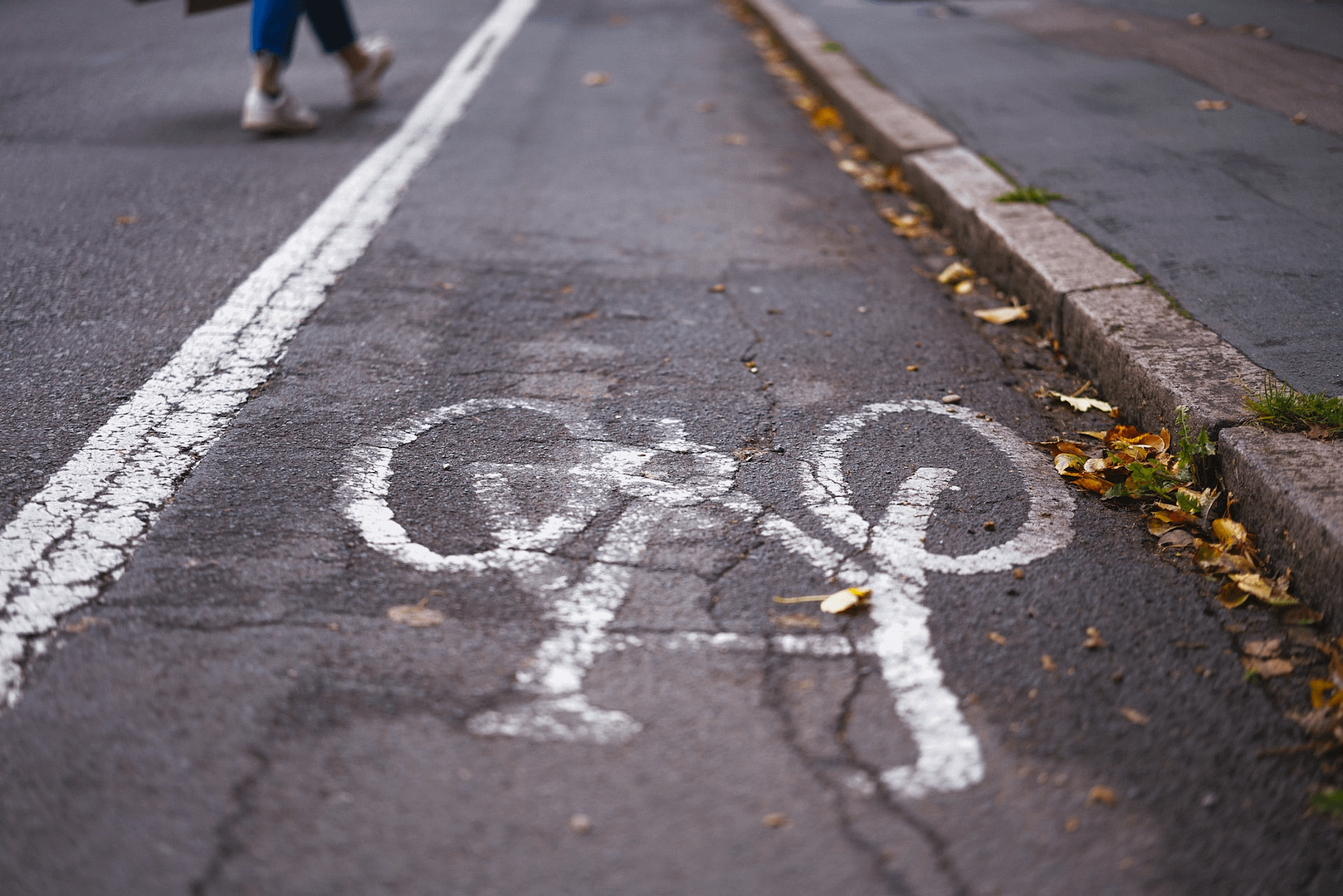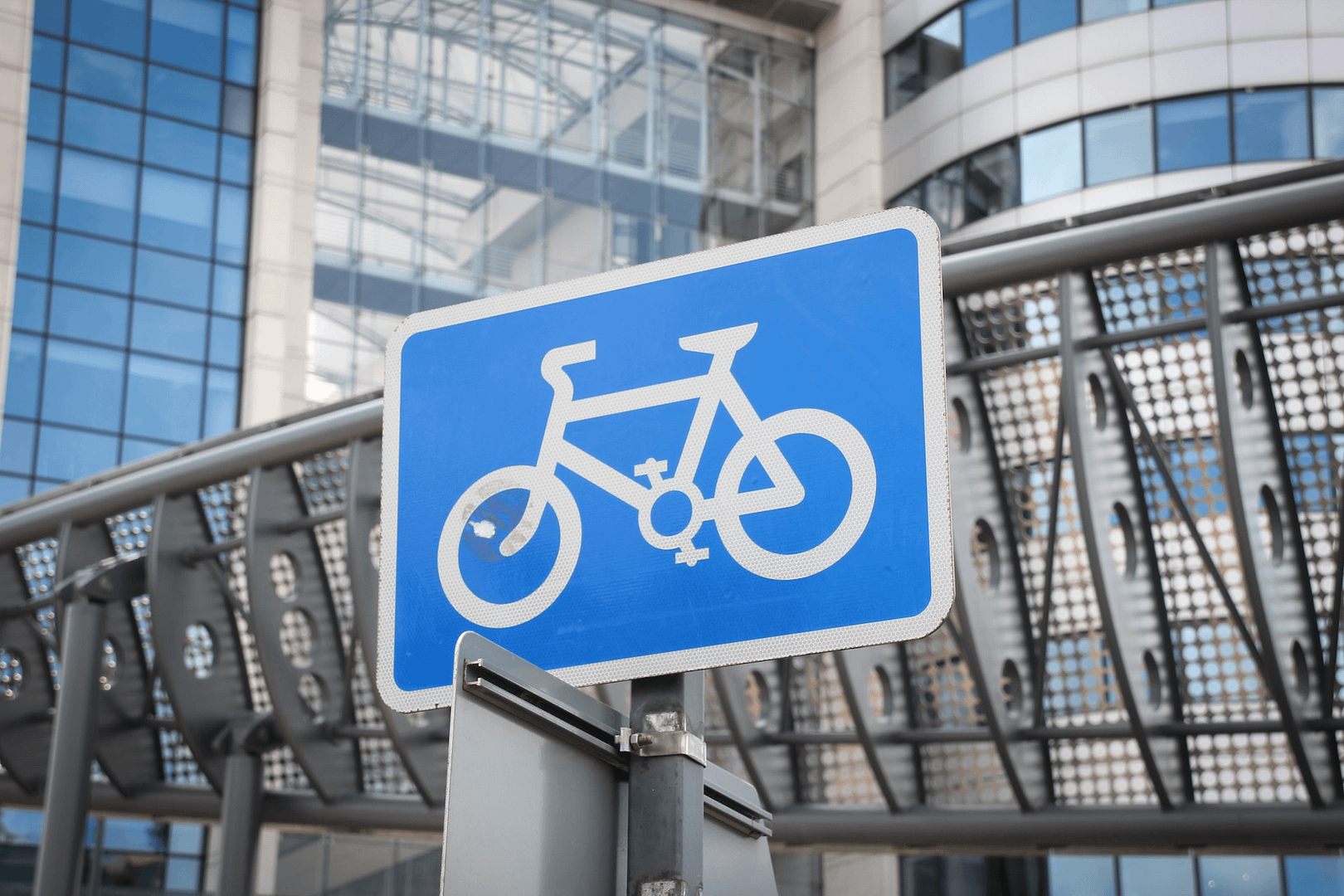In the hustle and bustle of our modern world, where the roads are often congested with cars and buses, and the air is filled with exhaust fumes, cycling has emerged as a breath of fresh air, quite literally. It’s a simple yet powerful solution to some of our most pressing problems – traffic congestion, environmental pollution, and personal fitness. However, to fully harness the potential of cycling as a mode of transportation, we need safe and efficient bicycle infrastructure. In this article, we will explore the five key design principles that underpin successful bicycle infrastructure, and discuss various strategies to make cycling safer for everyone. We will also walk you through the steps you should take when making a road traffic accident claim.
Design Principles for Successful Bicycle Infrastructure
Connectivity: Bridging the Gaps
The first and most fundamental principle of creating bicycle-friendly infrastructure is connectivity. Just as a chain is only as strong as its weakest link, a cycling network is only as effective as its most fragmented segment. In the UK, for instance, some cities have made remarkable progress in establishing comprehensive cycling networks. Take London, for example, which boasts an intricate web of cycle lanes and paths connecting various parts of the city. The result? A safer and more attractive environment for cyclists.
Connectivity isn’t limited to within cities; it extends to regional and national levels as well. In the UK, the National Cycle Network is a prime example. Spanning over 16,000 miles, it connects every major city and countless smaller towns, offering cyclists a way to traverse the entire country. This level of connectivity ensures that cyclists can enjoy uninterrupted journeys, making it a much more appealing option for daily commutes or recreational rides.
Safety: Reducing Risks
Safety is paramount for cyclists. To create safer environments for cyclists, infrastructure must prioritise their well-being. This means reducing conflicts with other road users, providing adequate separation from motorised traffic, and minimising potential collision points. Roundabouts, for instance, can be designed with cycle lanes that bypass the main traffic flow, reducing the risk of accidents.
Advanced stop lines at intersections and junctions are another great example. These give cyclists a head start over motor vehicles, ensuring they are visible to drivers and less likely to be caught in a dangerous situation. To further enhance safety, many cities in the UK have adopted traffic-calming measures, such as speed bumps and chicanes, to slow down vehicles in residential areas and near schools.
Directness: The Quickest Route
Directness is the third key principle in designing bicycle infrastructure. Cyclists prefer the quickest and most direct routes, just like any other mode of transport. Designing routes that take cyclists where they want to go in the most efficient manner is essential. A perfect example of this is the “Bicycle Superhighways” in London. These routes connect the suburbs to the city centre and are designed to be as direct and fast as possible, making commuting by bike a viable alternative to other forms of transport.
In smaller towns and rural areas, achieving directness can be more challenging, but it is equally important. Creating cycling routes that align with the natural flow of travel can encourage more people to take up cycling for their daily needs.
Comfort: Making it Enjoyable
Let’s face it – no one enjoys cycling on a rough, bumpy road. That’s where the principle of comfort comes into play. Good quality cycle paths and lanes, free from potholes and debris, make for a more enjoyable cycling experience. Even road markings and clear signage can significantly improve the comfort of cyclists.
One striking example of this principle in action can be found in Cambridge, UK. The city is known for its exceptional cycling infrastructure, and part of this is due to the meticulous maintenance of cycle paths. Smooth, well-marked lanes invite people to hop on their bikes and enjoy their journeys.
Attractiveness: The Aesthetics Matter
Last but not least, the aesthetics of bicycle infrastructure should not be underestimated. A well-designed, visually appealing environment is more likely to attract people to cycling. The use of greenery, public art, and well-maintained landscapes can make cycling a more attractive option. An excellent example is the Bristol and Bath Railway Path, which transforms an old railway line into a beautiful, traffic-free cycling route adorned with trees and artwork.
Making Cycling Safer
Now that we’ve explored the five key design principles for successful bicycle infrastructure, let’s delve into strategies to make cycling safer for everyone.
Education and Awareness
One of the most effective ways to enhance cycling safety is through education and awareness. Many initiatives in the UK focus on educating both cyclists and motorists about road rules and mutual respect. Organisations like Cycling UK offer resources and training programs that aim to create a more informed and conscientious cycling community. They provide guidance on safe cycling practices, the importance of wearing helmets, and the significance of signalling and visibility.
Investment in Infrastructure
Safety also heavily depends on the quality of infrastructure. To build a safer environment for cyclists, investments are crucial. Adequate funding should be allocated to create separated cycle lanes, well-maintained paths, and improved intersections. The UK government’s investment in the Cycling and Walking Investment Strategy (CWIS) is a step in the right direction. The strategy commits to spending £2 billion on cycling and walking over five years, aiming to make cycling a safer and more accessible mode of transportation.
Legislation and Enforcement
Legislation plays a pivotal role in ensuring cycling safety. In the UK, traffic laws and regulations are in place to protect cyclists. Penalties are enforced for dangerous driving, which includes reckless behaviour around cyclists. Proper enforcement of these laws is essential to create a safer environment for cyclists. Police forces across the country have been cracking down on offences that endanger cyclists, such as close passing and using mobile phones while driving.
Promoting Helmets and Safety Gear
Safety gear, including helmets, high-visibility clothing, and lights, can significantly reduce the risk of accidents for cyclists. Encouraging cyclists to wear protective gear, especially during nighttime or adverse weather conditions, is a common strategy to improve safety. Public awareness campaigns emphasise the importance of helmet use and proper safety equipment, contributing to a safer cycling environment.
Implementing Technology
Innovations in technology are transforming the safety landscape for cyclists. Advanced warning systems, such as sensors and beacons, can alert both cyclists and motorists to potential dangers. The UK has been experimenting with smart infrastructure that communicates with cyclists’ smartphones, providing real-time information on road conditions and traffic.
Making a Road Traffic Accident Claim with National Claims
At National Claims, we understand that despite the best efforts to create safe cycling environments, accidents can still happen. When you find yourself in a road traffic accident while cycling, you may be entitled to compensation. Our dedicated team is here to guide you through the process of making a claim. We are committed to ensuring that you receive the compensation you deserve for any injuries or damages sustained during the accident.
Contacting National Claims
The first step in making a road traffic accident claim with National Claims is to get in touch with our team. You can reach us through our website or by phone. Our experienced staff will listen to your case and provide you with all the information you need to proceed with your claim.
Initial Consultation
After you contact us, we will schedule an initial consultation to discuss the details of your accident. During this consultation, we will gather information about the accident, the parties involved, and any injuries or damages incurred. This initial consultation is a crucial step in understanding the merits of your claim.
Claim Assessment
Our team will carefully assess the details of your case to determine the strength of your claim. We will consider factors such as liability, negligence, and the extent of your injuries. This assessment is essential in determining the potential outcome of your claim.
Claim Filing
Once we have assessed your claim and you decide to move forward, we will assist you in filing the necessary paperwork to initiate your claim. This process involves gathering evidence, medical records, and witness statements to support your case.
Negotiation and Settlement
Our experienced legal team will negotiate with the responsible party’s insurance company on your behalf. We will strive to secure the maximum compensation available for your injuries and damages.
Claim Resolution
When a settlement or court decision is reached, we will guide you through the final steps of your claim. We will ensure that you receive the compensation you are entitled to for your medical expenses, pain and suffering, and other losses resulting from the accident.

Conclusion
Cycling is not just a mode of transport; it’s a way of life that brings numerous benefits to individuals and communities. To fully realise its potential, it’s essential to build a safer environment for cyclists. By following the five key design principles of connectivity, safety, directness, comfort, and attractiveness, we can create infrastructure that encourages cycling and ensures the safety of cyclists.
Moreover, through education, infrastructure investment, legislation, and technology, we can make cycling safer and more accessible for everyone. The UK, with its commitment to cycling and walking investments, serves as a prime example of a nation dedicated to building a safer environment for cyclists. As we continue to work towards these goals, cycling will become an even more integral part of our daily lives, fostering healthier individuals and a cleaner, more sustainable environment.
In cases of road traffic accidents, National Claims is here to support cyclists in their pursuit of fair compensation. Our team of experts is committed to helping you through the claims process, ensuring that your rights are protected and you receive the compensation you deserve. We hope that with safer infrastructure and the support of organisations like National Claims, cycling can thrive as a safe and enjoyable mode of transportation for all.
Contact us to get a start on your claim and be put in touch with one of our claims specialists.
Click below to see why we are one of the most trusted claims management companies in the UK.

We’re proud of our excellent customer reviews
We thrive on delivering exceptional service and ensuring our clients’ satisfaction. Don’t just take our word for it. Check out some of our independent reviews to see what our clients have to say.
Excellent

This firm is excellent, they sorted out my car pay out and injury claim very fast, they always communicate with you all the time.

My accident case was dealt with confidence and with great result of the outcome, especially James kept me informed all the time.

I was very impressed at the way my inquiry was treated. I was listened to attentively and everything I needed to know was explained to me.






